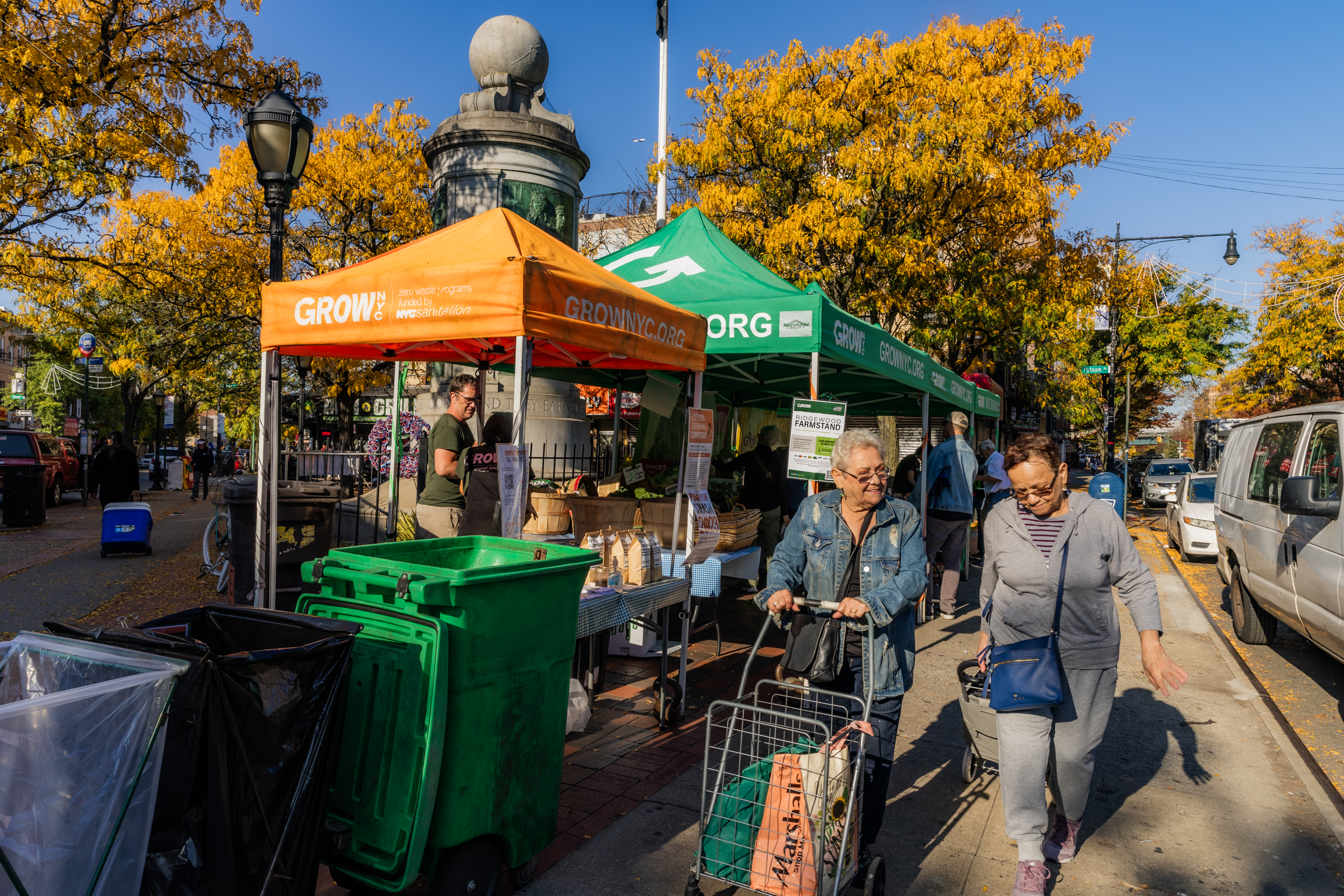Education and research are core missions of GrowNYC Grains. Here you can tap into the knowledge and experience of practitioners and pioneers in the field through technical assistance videos, fact sheets, case studies, webinars, and more. Check back for updates.
Videos
On Growing.jpg)
Thor Oechsner of |
On Baking 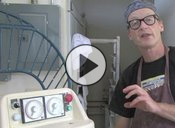
Stefan Senders of |
On Malting 
Andrea Stanley of |
Watch more videos on GRGP's  channel.
channel.
Case Studies
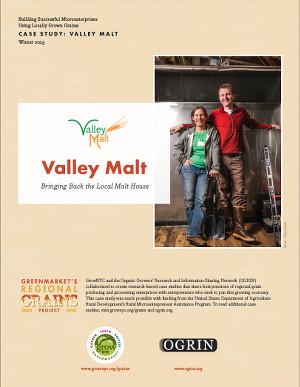 |
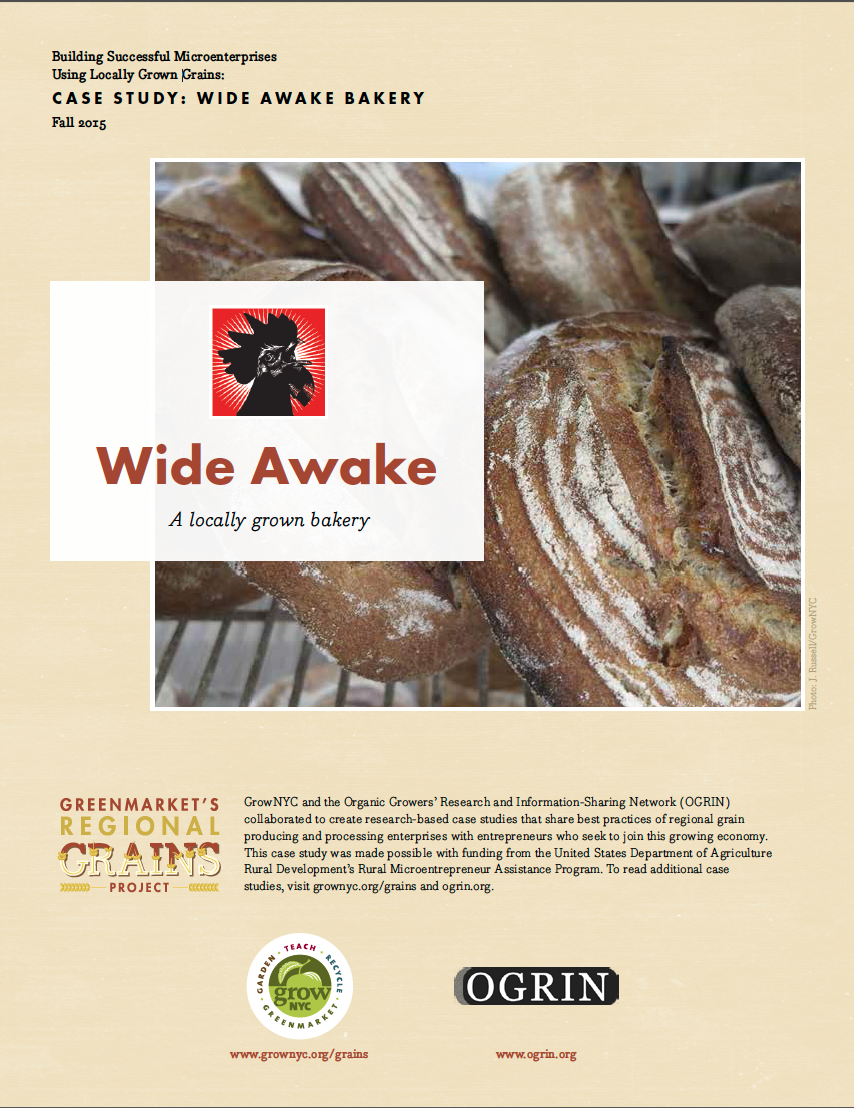 |
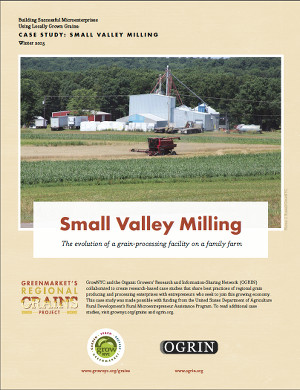 |
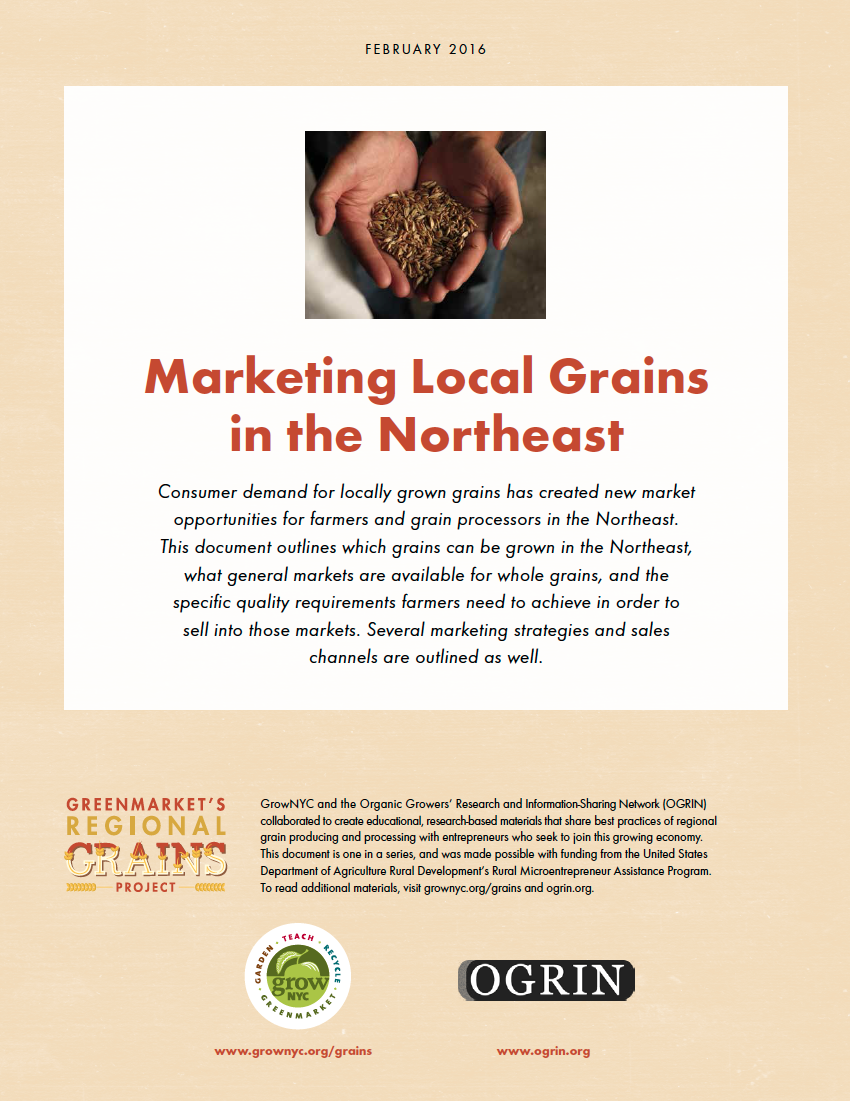 Marketing Local Grains in the Northeast
Marketing Local Grains in the Northeast
Consumer demand for locally grown grains has created new market opportunities for farmers and grain processors in the Northeast. The Greenmarket Regional Grains Project and the Organic Growers Research and Information-Sharing Network teamed up to produce this tool, which identifies which grains grow best in the region, the markets available for them, and the quality standards required to sell into those markets, as well as key sales strategies. Through this initiative, funded by the USDA's Rural Microenterprise Assistance Program, GRGP is working to spur the development and growth of the regional grains system.
Baking Sourdough Using Heritage and Modern Wheats: A Quality Evaluation
"Mixing come-together,” “proofing tolerance tackiness,” and “crumb-texture suppleness” -- terms only the most dedicated bread-bakers would know. Fortunately, the artisans who gathered in January 2014 to evaluate these and other baking qualities were up to the task. Feedback from these bakers, as well as from professional chefs and millers, was collected in three rounds of “Quality Evaluations.” The first focused on heritage and modern wheats used in sourdough bread-baking at Wide Awake Bakery near Ithaca, NY, in 2014. Tapped by the Greenmarket Regional Grains Project and its partners, a select group of professional bakers led by master baker and educator Jeffrey Hamelman gathered to score the baking performances of 7 different flours, each made with a different wheat variety.
These bakers and chefs have been at the forefront of bringing new grains to market. They have given key feedback to crop scientists on how different varieties performed during cooking and baking, and the ultimate test -- eating. Their comments are the backbone in the ongoing research of the Value-Added Grains Project team.
“These are the professionals who truly know what they need out of a variety of wheat,” said lead researcher Lisa Kissing Kucek of Cornell University. “These individuals will ensure that the study results are relevant to the people that make our food systems thrive on a daily basis.”
The scores were combined with measurements at the previous stage of harvest - such as falling number and protein content – and measurements at the final stage of eating, when trained tasters consumed the wheat varieties in various forms and reported their experience,
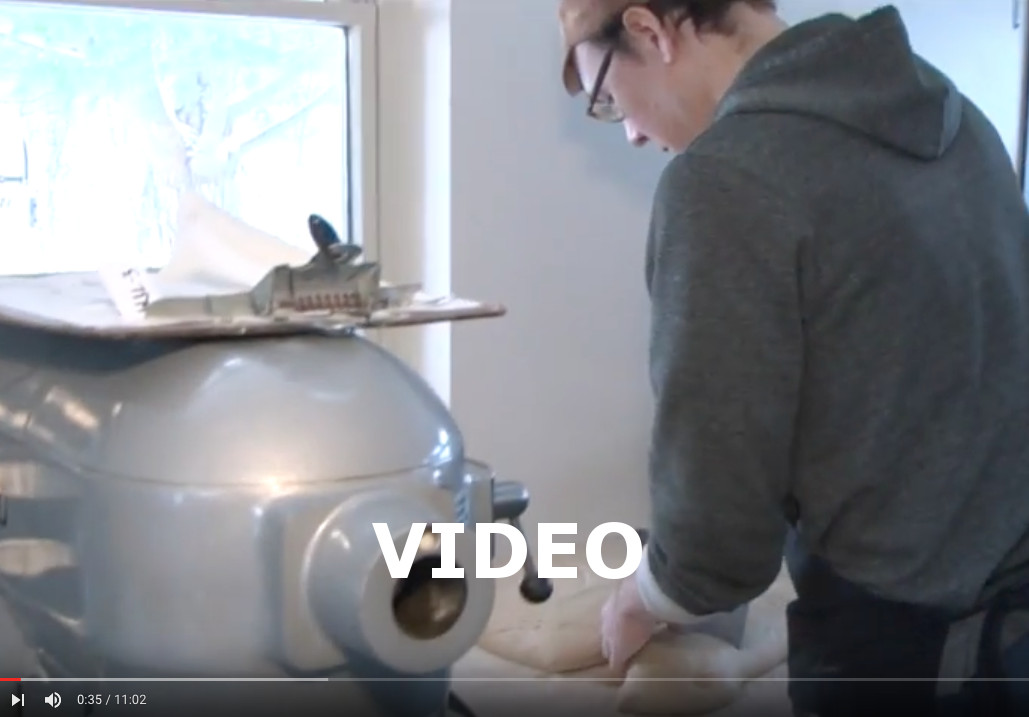 |
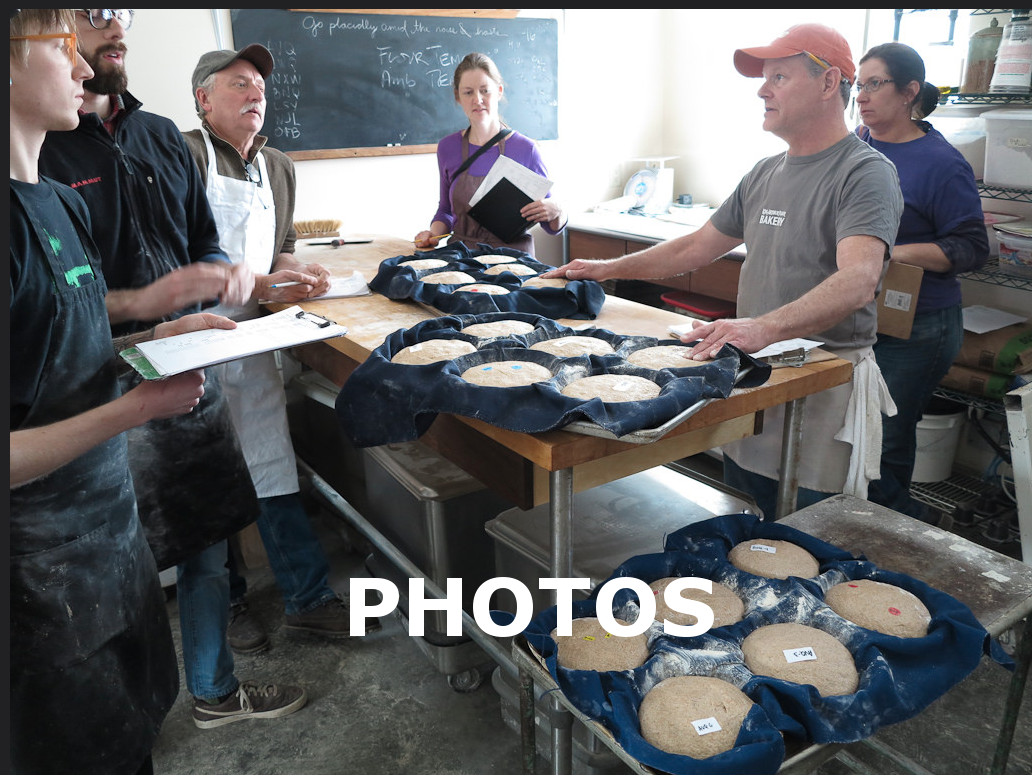 |
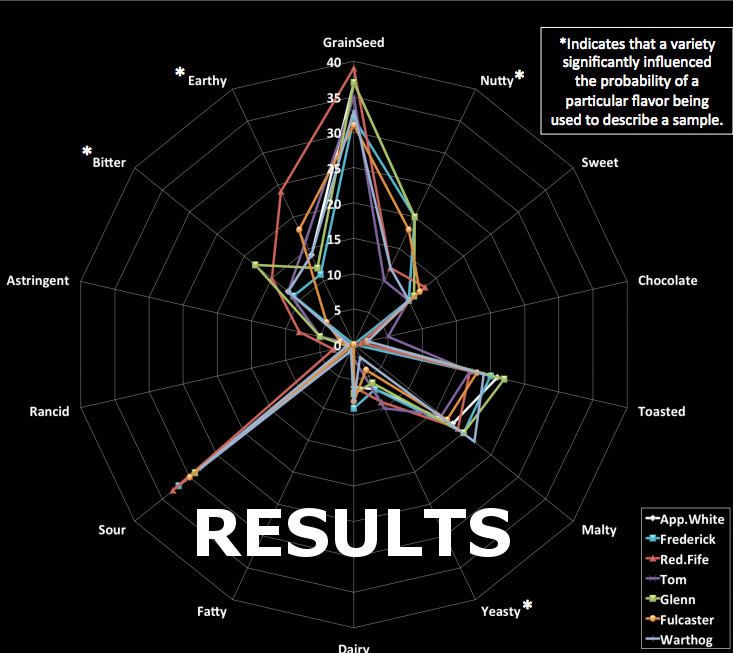 |
Making Emmer Pasta at Gramercy Tavern: A Quality Evaluation
The second quality evaluation, also in 2014, evaluated four varieties of the ancient grain emmer, which chefs at Gramercy Tavern used to make pasta. Gramercy Tavern Head Chef Michael Anthony was among the food professionals gathered during a three-day event hosted by GRGP and our partners to compare four different emmer varieties, measuring their qualities for baking, pasta-making, and eating.
Certified food grader Liz Clark gave an all-day "sensory training" to a group of selected tasters from the food industry. The purpose was to calibrate their definitions for such descriptors as nutty, sour and chewy -- limiting the possibility for subjective experiences and allowing the group to be as objective as possible.Meanwhile chefs from Sfoglini Pasta and Gramercy Tavern created pasta with the 4 emmer flours, scoring qualities like “shininess,” “graininess,” and “cohesion.” Their feedback to Cornell researchers will form one pillar of the final research results.
The following day at the Natural Gourmet Institute, the 13 trained tasters convened again for the main event: a five-hour sensory evaluation that had them tasting dozens of samples of cooked whole grain and pasta as they filled out scientific surveys measuring dozens of sensory qualities like “grassy,” “fresh,” and “herbaceous.”
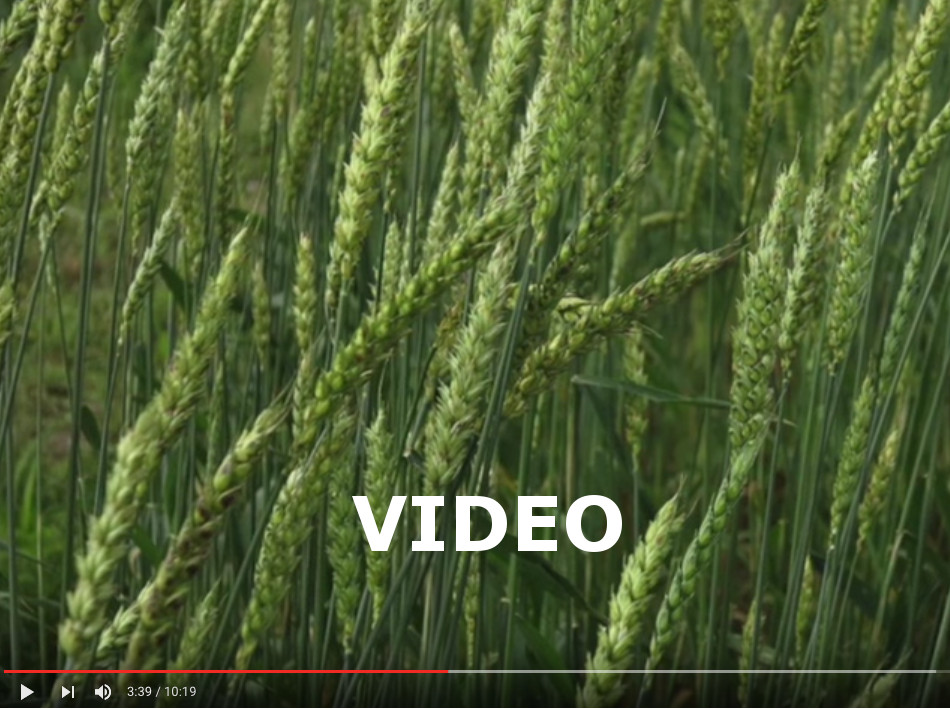 |
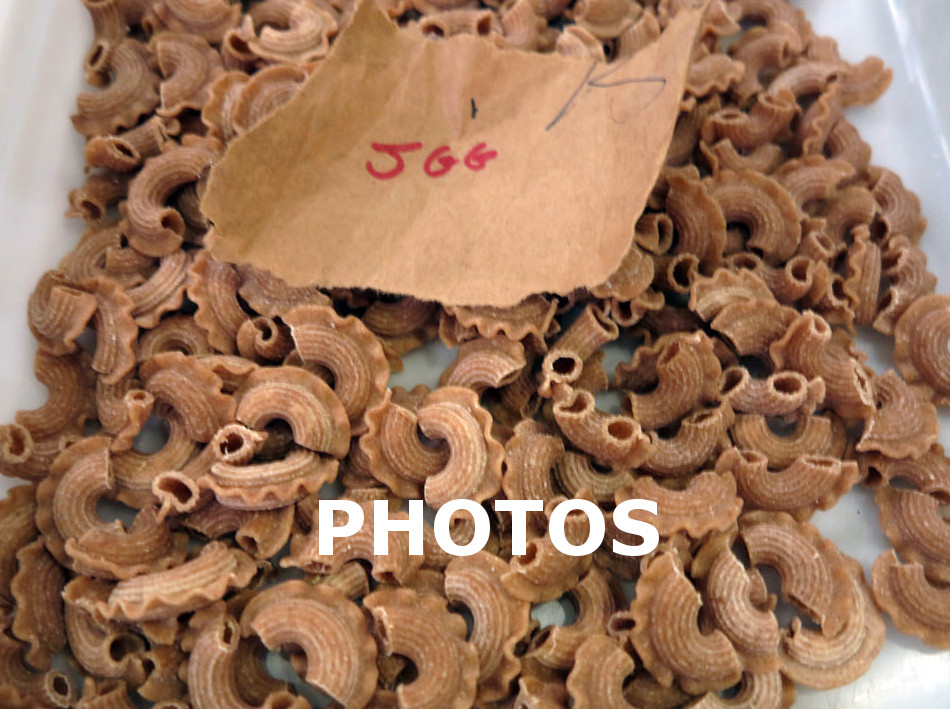 |
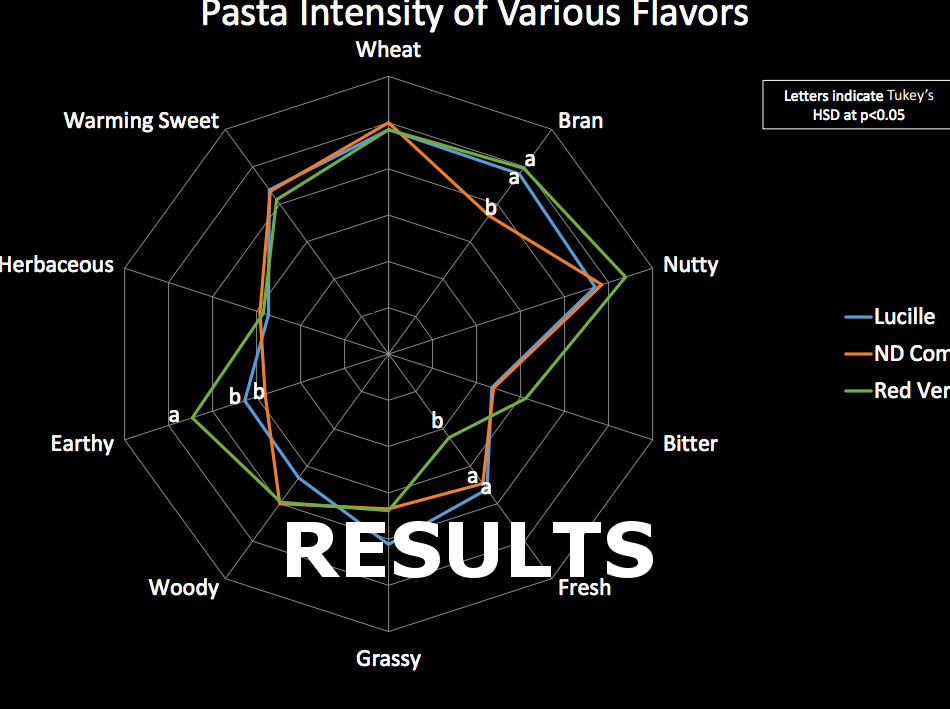 |
Of course a grain must also grow well on fields in the northeast for it to be a viable regional crop. The grains tested in all three of the Quality Evaluations were chosen from 146 varieties of ancient, heritage and modern grains that crop scientists have been field-testing since 2011. They were measured at harvest for falling number, protein content, and the toxic chemical vomitoxin.
Beyond testing existing varieties, scientists are also using the feedback to create new varieties of wheat that meet the needs of organic farmers, bakers, and consumers. Lisa Kissing Kucek offers this example: "We have crossed 'Red Fife,' which has unique taste but does not perform well in the field, with 'Warthog,' a variety that has excellent performance on organic farms.”
Reviving the cultivation of food-grade grains in the northeast is a key ingredient for robust soils, a healthy diet, and thriving local economies. The project team - which includes GRGP, OGRIN, Cornell University, and NOFA-NY - is working toward that goal, helping farmers, millers and others fill in gaps in the knowledge and infrastructure base resulting from the disappearance of grain cultivation from the Northeast in the early 20th century.More Research from GRGP & Partners
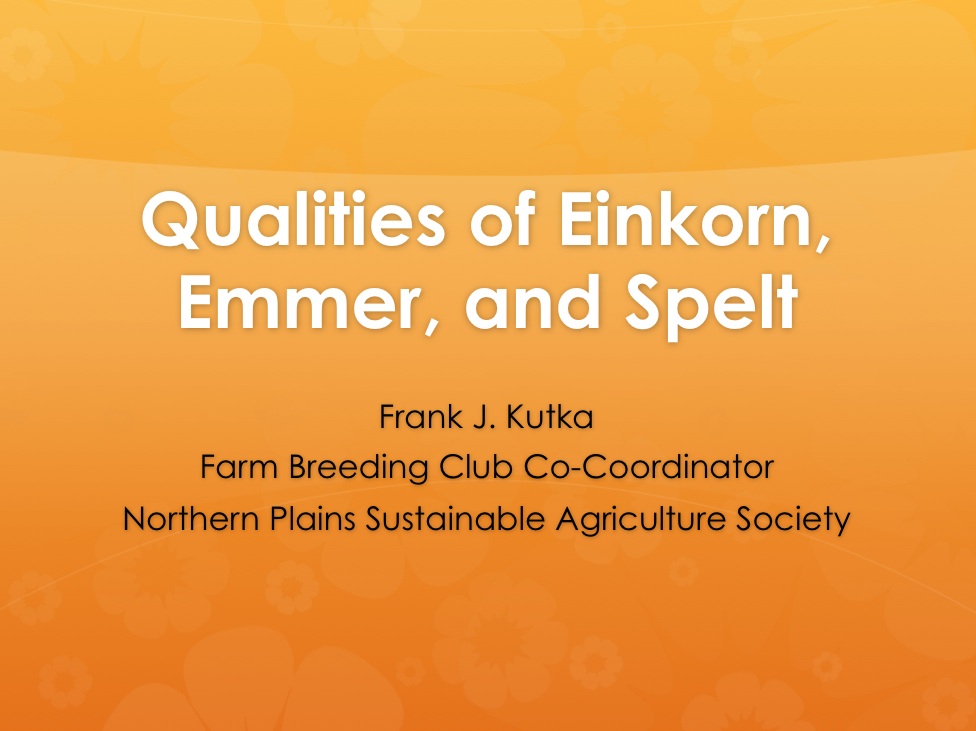 |
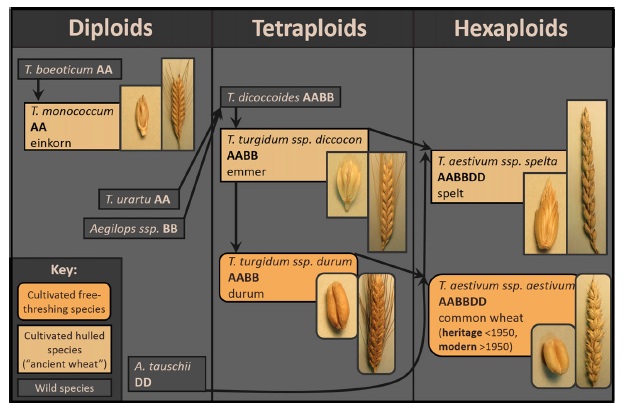 |
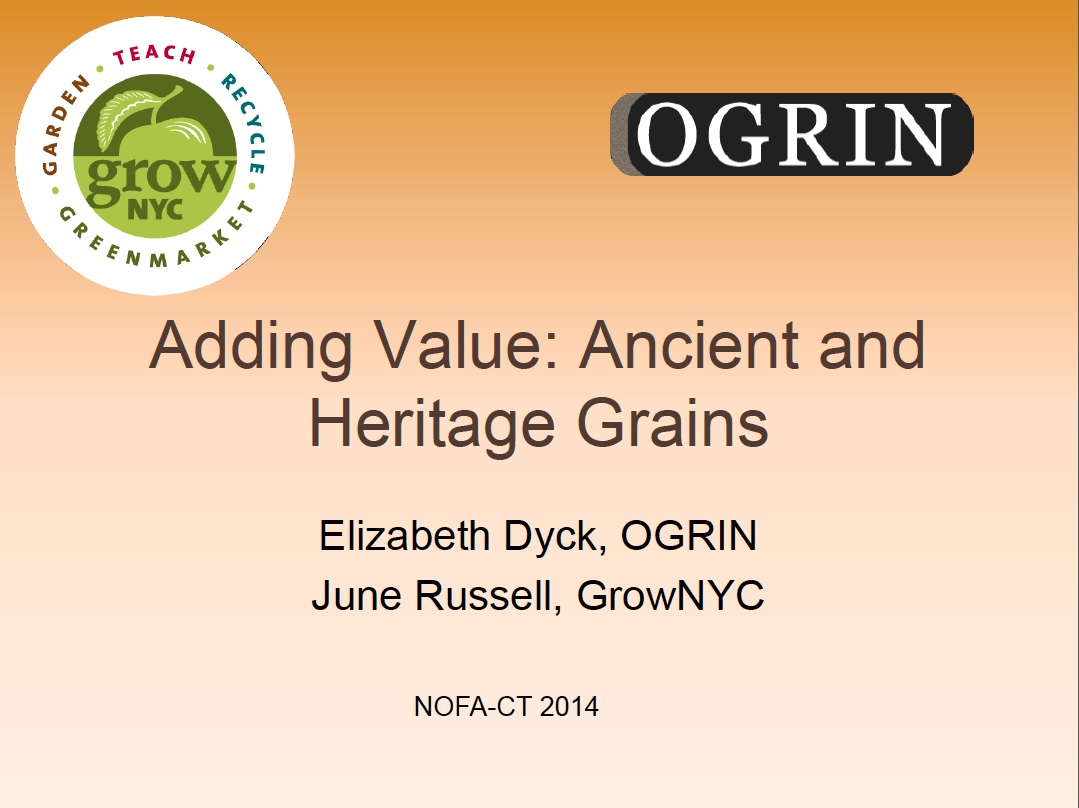 |
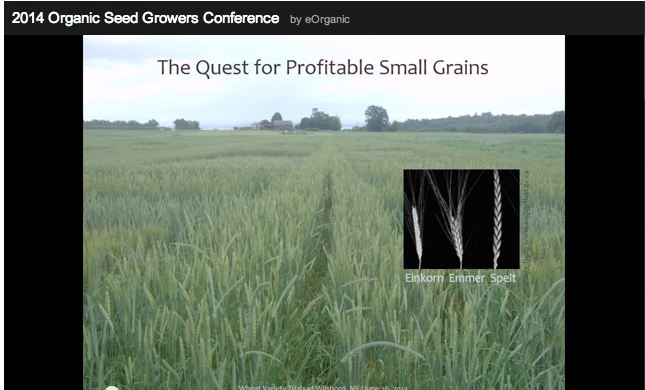 |
 |
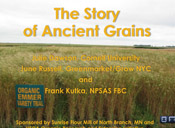 |
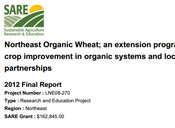 |
About Our Funding
We are fortunate to have our work funded through these grant programs:
Value-added Grains for Local and Regional Food Systems USDA, Organic Research and Education Initiative (OREI)
Greenmarket has joined a national team of sustainable agriculture researchers and other experts to develop and scale up the production of food-grade, high-value wheats and other grains, with funding from the USDA. Our partners are studying how to optimize grain quality and market potential of heritage wheats and other grains, through their improved growth, processing, management and marketing. Greenmarket’s role is chiefly to explore strategies for accessing local and regional markets.
Growing Agricultural Businesses around Regional Grains Production. USDA, Rural Microentrepreneur Assistance Program (RMAP)
The RMAP initiative led to the creation of technical assistance tools for farmers, millers, bakers and other entrepreneurs hoping to start careers in food-grade grain processing and baking. With funding from the USDA and in partnership with the Organic Growers’ Research and Information-Sharing Network (OGRIN), we produced technical assistance videos, hosted workshops, and published online fact sheets and case studies.
From Farm to Bakery: Building Value Chains for Regionally Grown and Milled Grains. USDA, Federal-State Marketing Improvement Program (FSMIP)
The first grant-funded initiative of the Greenmarket Regional Grains Project was “Farm to Bakery,” in which we matched flour mills sourcing grain from region.





